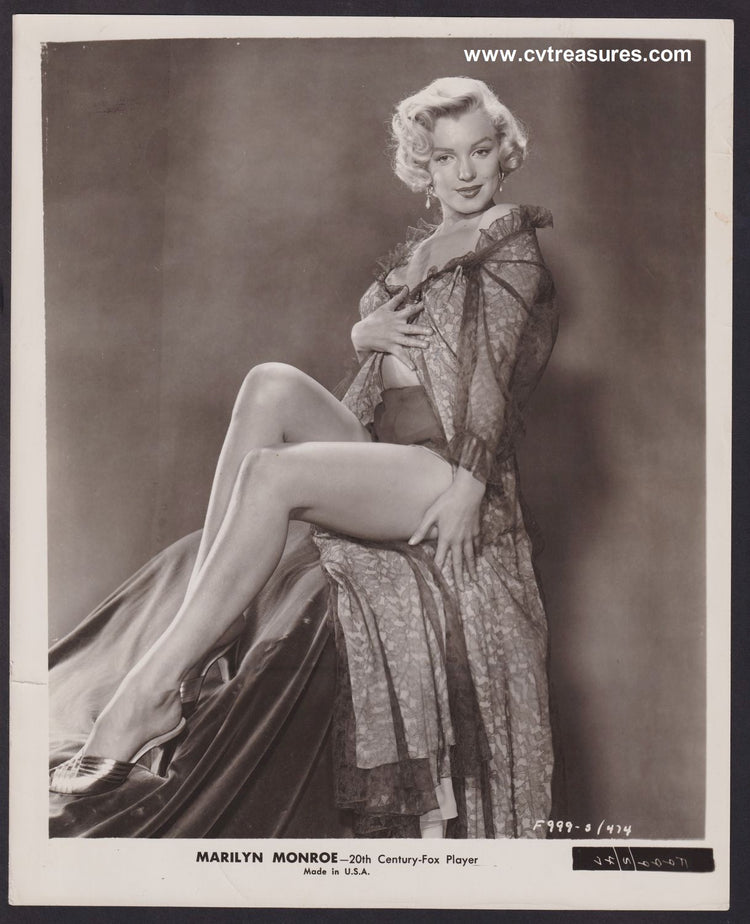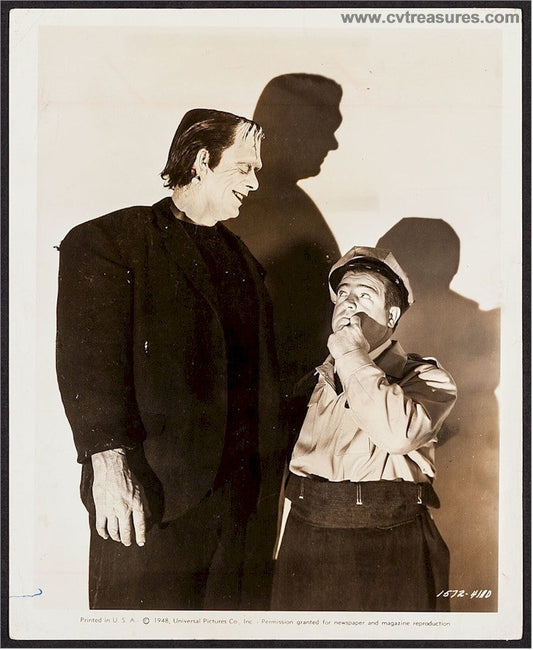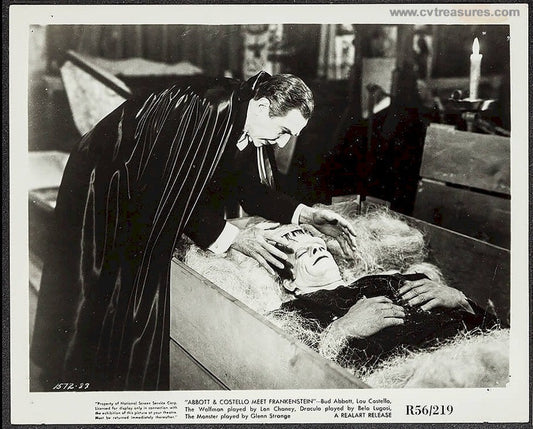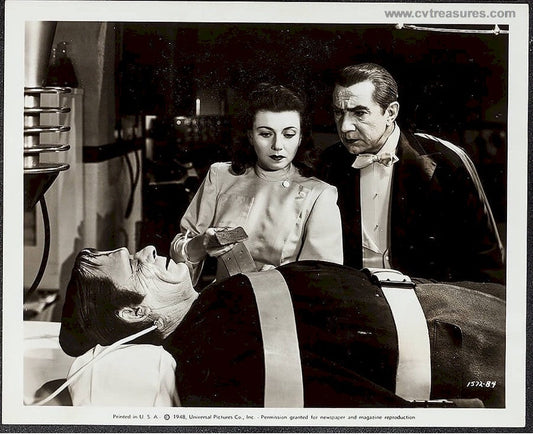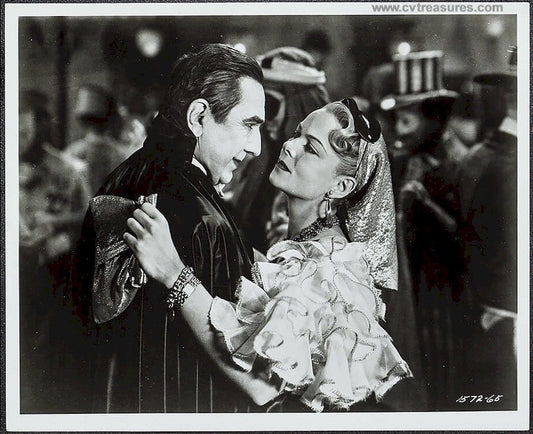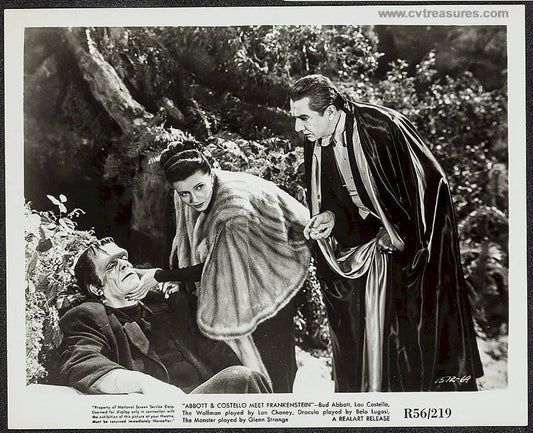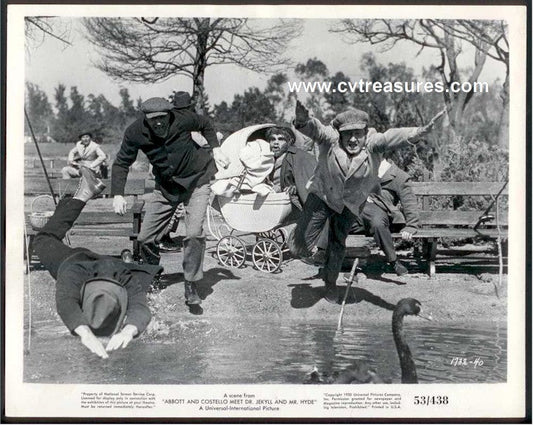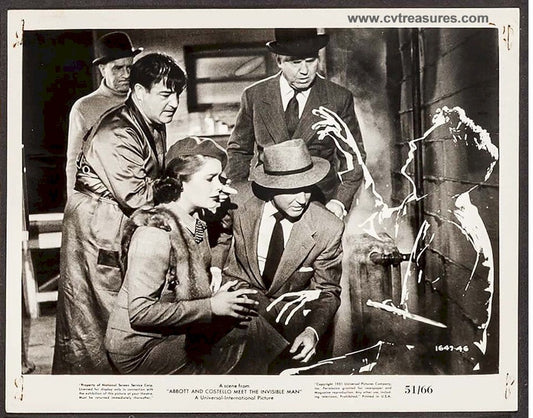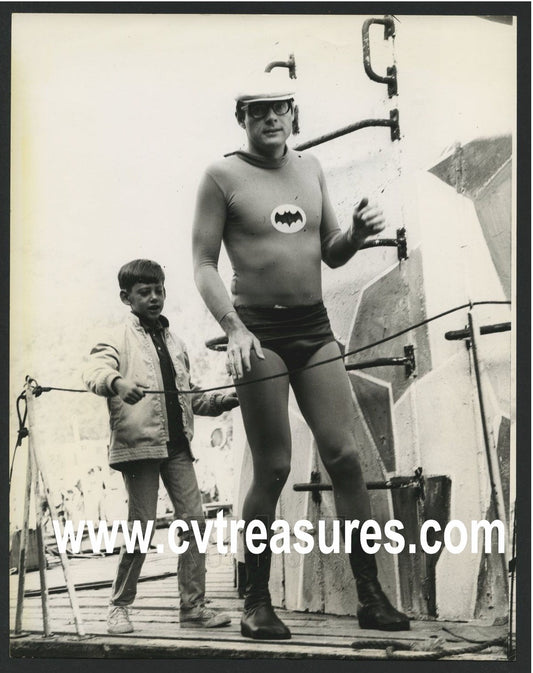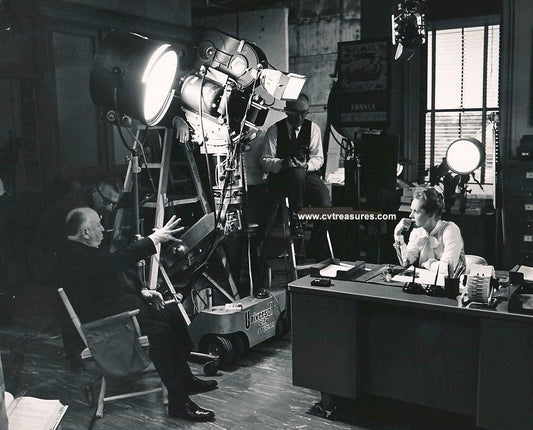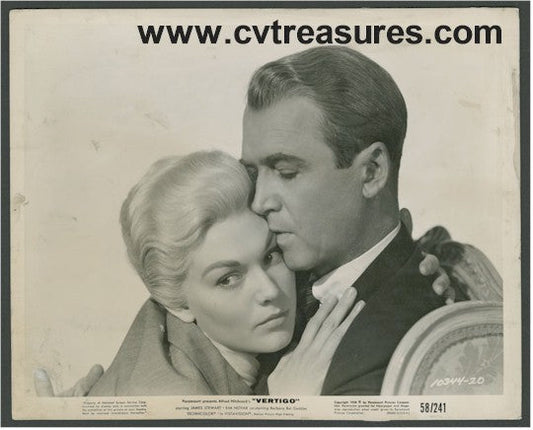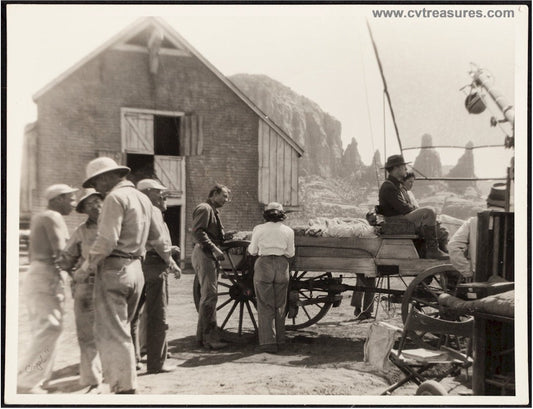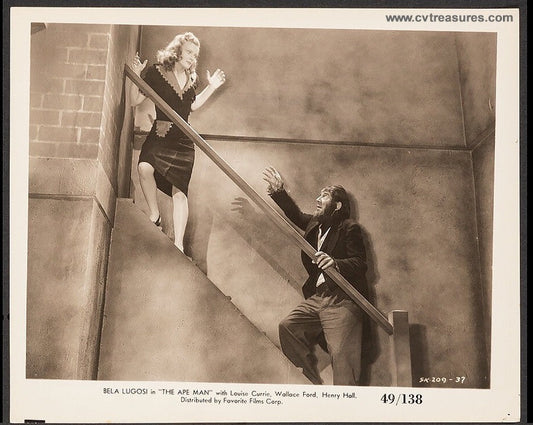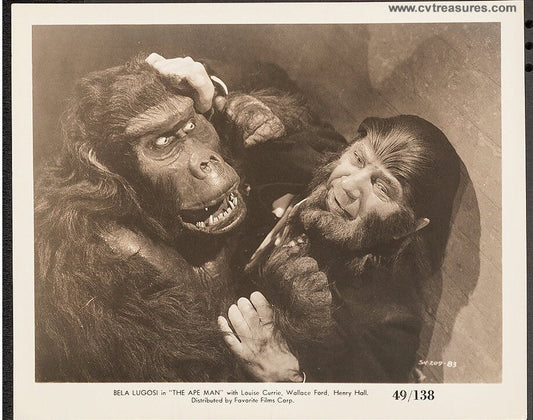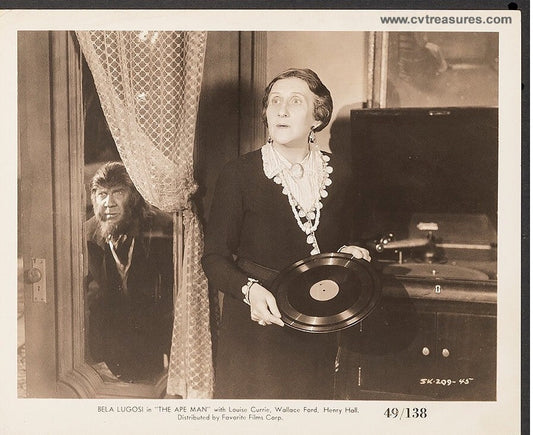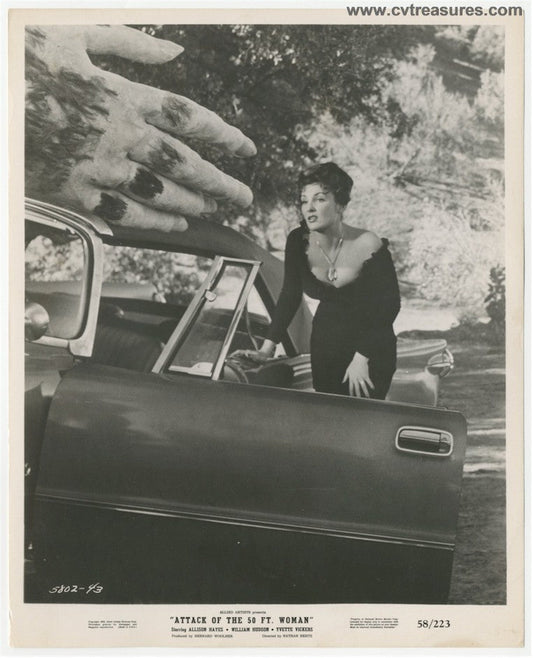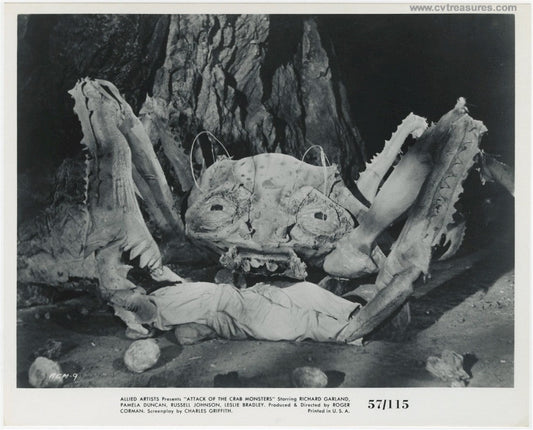-
Abbott & Costello Meet Frankenstein 1948 Original Vintage Photo
Regular price $375.00 USDRegular priceUnit price per(1948)
8" by 10"
(20cm by 25cm) -
Abbott & Costello Meet Frankenstein Vintage Press Photo 1948
Regular price $175.00 USDRegular priceUnit price per(1948)
10" by 8"
(25cm by 20cm) -
Abbott & Costello Meet Frankenstein Vintage Press Photo 1948 4
Regular price $250.00 USDRegular priceUnit price per(1948)
10" by 8"
(25cm by 20cm) -
Abbott & Costello Meet Frankenstein Vintage Press Photo 1948 6
Regular price $125.00 USDRegular priceUnit price per(1948)
10" by 8"
(25cm by 20cm) -
Abbott & Costello Meet Frankenstein Vintage Press Photo 1956
Regular price $175.00 USDRegular priceUnit price per(1948)
10" by 8"
(25cm by 20cm) -
Abbott and Costello Meet Dr. Jekyll Mr. Hyde Vintage Photo Still
Regular price $125.00 USDRegular priceUnit price per(1953)
10" by 8"
(25cm by 20cm) -
Abbott Costello Meet the Invisible Man Original Viintage Photo
Regular price $175.00 USDRegular priceUnit price per(1951)
10" by 8"
(25cm by 20cm) -
Adam West Batman Original Vintage Historic TYPE I Photo
Regular price $450.00 USDRegular priceUnit price per(1966)
8" by 10"
(20cm by 25cm) -
ALFRED HITCHCOCK Rare Behind Camera Vintage Press Photo
Regular price $550.00 USDRegular priceUnit price per(1950)
9" by 7.25"
(23cm by 18cm) -
Alfred Hitchcock's Vertigo Original Vintage Still Photo 1958
Regular price $195.00 USDRegular priceUnit price per(1958)
10" by 8"
(25cm by 20cm) -
Angel and Badman Rare Vintage TYPE I Photo John Wayne
Regular price $750.00 USDRegular priceUnit price per(1947)
10" by 8"
(25cm by 20cm) -
Ape Man Original Vintage Horror Movie Photo Bela Lugosi
Regular price $150.00 USDRegular priceUnit price per(1943)
10" by 8"
(25cm by 20cm) -
Ape Man Original Vintage Horror Movie Photo Bela Lugosi 2
Regular price $150.00 USDRegular priceUnit price per(1943)
10" by 8"
(25cm by 20cm) -
Ape Man Original Vintage Horror Movie Photo Bela Lugosi 3
Regular price $150.00 USDRegular priceUnit price per(1943)
10" by 8"
(25cm by 20cm) -
Attack of the 50 Foot Woman Original Vintage Photo Still
Regular price $250.00 USDRegular priceUnit price per(1958)
8.25" by 10"
(21cm by 25cm) -
Attack of the Crab Monsters Original Vintage Movie Still Photo
Regular price $250.00 USDRegular priceUnit price per(1957)
10" by 8"
(25cm by 20cm)
